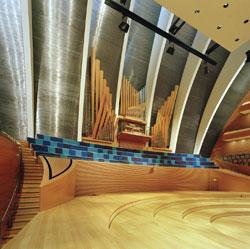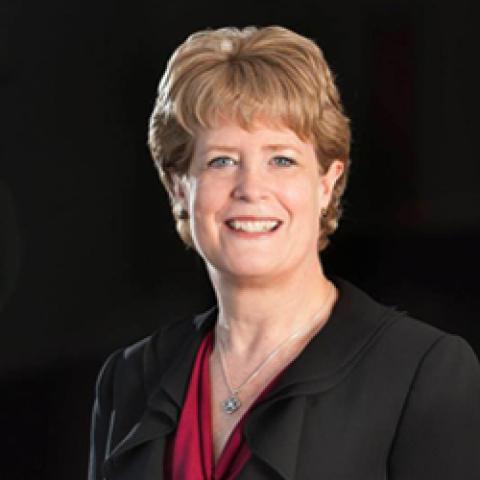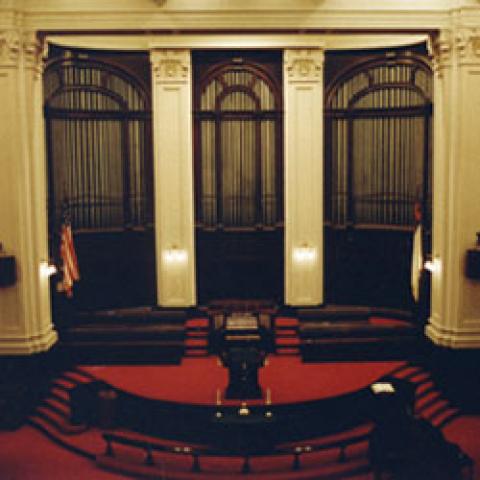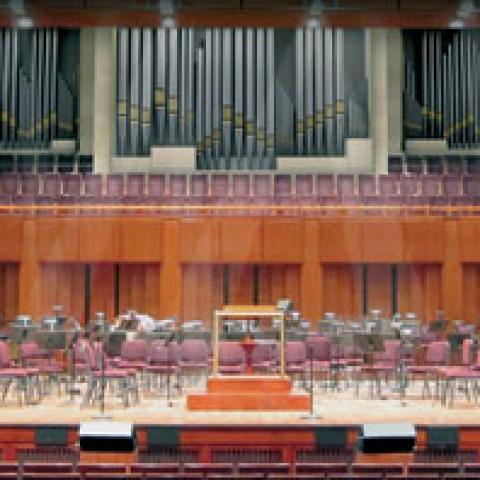
THE DIAPASON
The Kauffman Center for the Performing Arts, Kansas City, Missouri, presents the dedication of its new Casavant organ in Helzberg Hall on March 10 at 8 pm.
The concert will feature James David Christie.
The new organ, Casavant Opus 3875, comprises 79 stops, 102 ranks, and 5,548 pipes across four manuals and pedals, an attached drawknob console, compass 61/32, and mechanical action.
For information: 816/994-7200;
tickets: 816/994-7222; www.kauffmancenter.org.
Casavant Opus 3875, Kauffman Center for the Performing Arts, Kansas City, Missouri (photo by Timothy Hursley courtesy of Kauffman Center for the Performing Arts)





